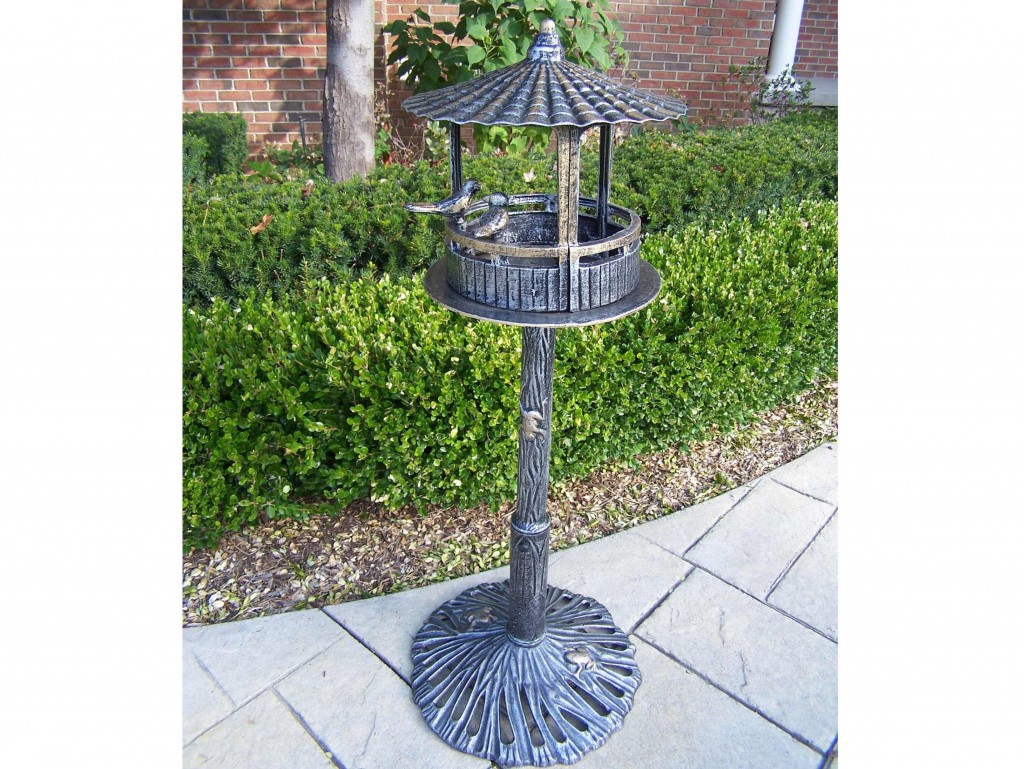While watching a beautiful red cardinal running over the snow in my grandmother’s back yard, I wondered about its food supply this time of year. While some bird species leave for warmer climates during the cold winter months, birds such as cardinals, chickadees, doves, bluejays, and many others remain. The snow can make finding insects and seeds difficult for these birds. If you have used bird feeders to attract birds to your yard, it is important to make some changes in the food offered over the winter months.
According to the Minnesota Department of Natural Resources, you should change the composition of the seed for winter. Large seeds such as sunflower seeds appeal to many species and provide a high level of energy. Make sure your seed mixture is 10-20 percent millet and 80-90 percent sunflower or other large seed. Peanuts are another nutritious seed alternative.
Suet, an animal fat product, is another good food choice for winter. Mesh feeders designed to hold suet can be hung from trees. Suet can also be placed on a platform bird feeder or hung in an onion bag. Spread peanut butter on a pine cone for another good source of energy for birds.
You may also have to change the placement of your bird feeders for winter. Make sure your bird feeder is placed under cover to protect birds from predators. Cluster 3 or 4 feeders together to attract a wide variety of birds. Putting them closer to the house in the winter makes it easier to fill the feeders. Finally, clear the snow under the feeder and spread some seed on the ground for doves and other birds.
About Philip Travers
Twitter •



 WishLists
WishLists
 My Account
My Account






